The **history of darts fan culture** is a fascinating evolution from pub pastime to global sporting phenomenon, marked by passionate supporters and vibrant traditions. This article will explore how darts fandom has transformed over time, from its humble beginnings to the electric atmosphere of modern tournaments, revealing key moments and influential figures along the way.
⚠️ Still Using Pen & Paper (Of een schoolbord)?! ⚠️
Stap in de toekomst! De Dart Teller -app behandelt alle scoren, stelt kassa voor, en volgt uw statistieken automatisch. It's easier than you think!
Probeer de Smart Dart Teller -app gratis!Klaar voor een upgrade? Klik hierboven!
The Early Days: Pub Culture and Local Rivalries
Darts, in its nascent form, was intrinsically linked to the **British pub culture**. Initially, the game was a casual pursuit, enjoyed by locals during their leisure hours. There wasn’t a formal “fan culture” per se, but rather a sense of camaraderie and friendly competition within the pubs themselves. Small wagers, good-natured ribbing, and local bragging rights were the driving forces. The atmosphere was intimate and regional, with each pub often having its own house rules and style of play.
The early development of **darts rules and regulations** played a crucial role in shaping the sport’s identity. As the game spread from pub to pub, variations in rules emerged, leading to inconsistencies and difficulties in organizing wider competitions. The standardization of rules was essential for the growth of darts beyond the local level.
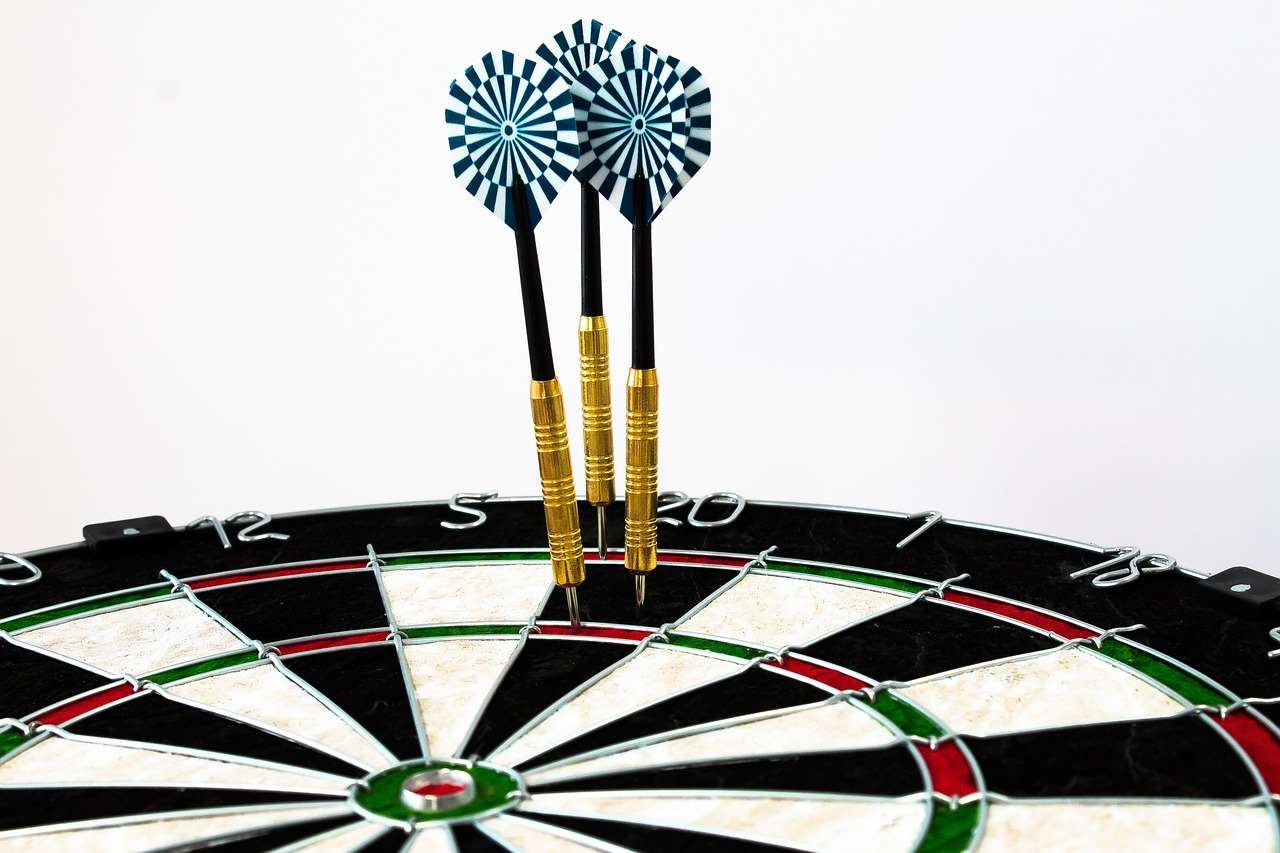
The Emergence of Organized Darts
The formation of organizations like the **National Darts Association (NDA)** in the UK during the early 20th century marked a significant turning point. These organizations provided a framework for standardizing rules, promoting inter-pub competitions, and fostering a sense of community among darts enthusiasts. This period saw the rise of local darts leagues, which became a breeding ground for talented players and a hub for dedicated fans.
Participating in or watching these leagues offered a structured way for people to engage with the sport, creating a more formal, though still grassroots, **darts community**. These early leagues laid the foundation for the professionalization of darts and the emergence of a more defined fan base.
The Rise of Television and Professional Darts
The advent of television was a game-changer for darts. In the 1970s and 1980s, darts began to gain widespread popularity as televised tournaments like **”Bullseye”** and the **World Professional Darts Championship** brought the excitement of the sport into people’s homes. This exposure transformed local pub games into a nationally recognized and celebrated sport.
The impact of television on **darts fan culture** was immense. It created celebrity players, elevated the atmosphere of matches, and allowed fans from all over the country (and eventually the world) to connect with the sport. Suddenly, individuals like Eric Bristow, Jocky Wilson, and John Lowe became household names, and their matches were eagerly anticipated events. You might also like our Darts Culture And Community Guide.
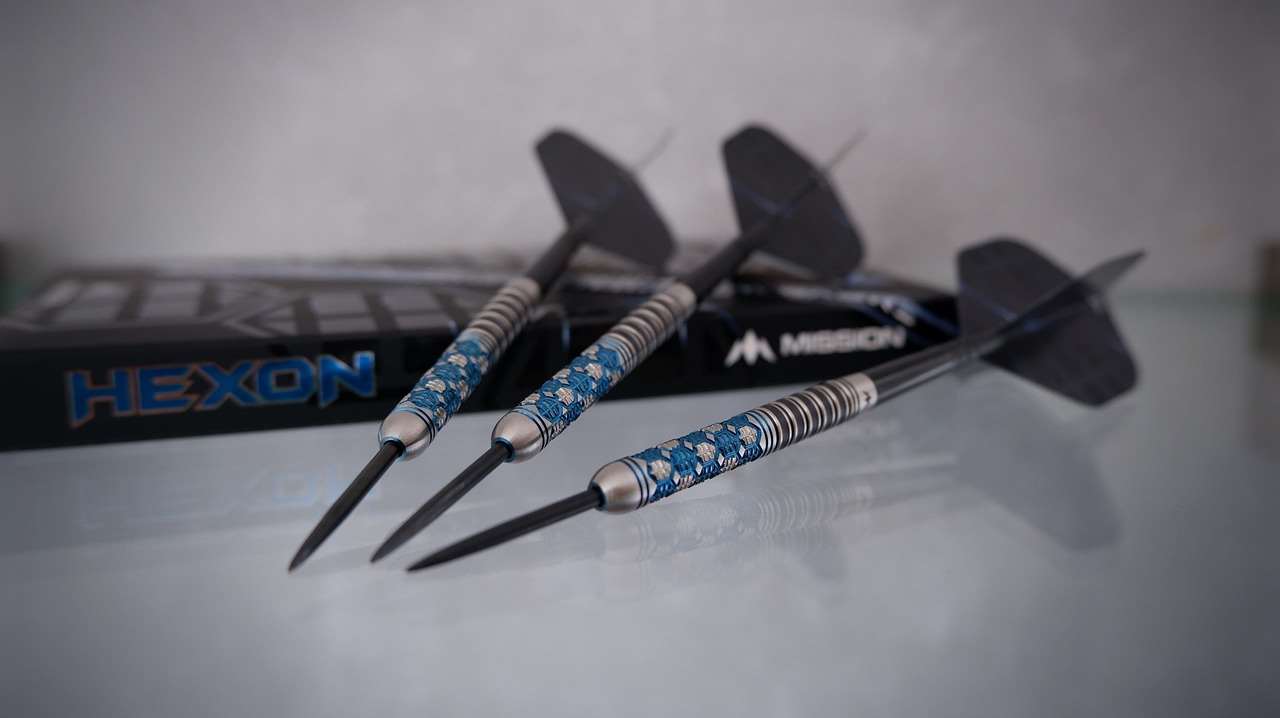
The BDO Era and Its Characters
The **British Darts Organisation (BDO)**, formed in 1973, became the leading organization for professional darts. The BDO World Championship, held annually at Lakeside Country Club, became the pinnacle of the sport, showcasing the best players and attracting a dedicated following. The larger-than-life personalities of the players, combined with the dramatic nature of the matches, captivated audiences and solidified darts’ place in the popular culture. The BDO era further amplified the growth of **darts fan culture**.
This period also witnessed the emergence of distinct fan traditions, such as dressing up in costumes, chanting player names, and creating a lively atmosphere at tournaments. These traditions added to the spectacle of the sport and contributed to its growing appeal. You can learn more about How To Start A Darts League if you’re interested in starting your own darts league.
The Split and the Rise of the PDC
In the early 1990s, a schism occurred within the darts world. Disagreements over management and commercial opportunities led to the formation of the **World Darts Council (WDC), later renamed the Professional Darts Corporation (PDC)**. This split divided the sport, creating two rival organizations and sparking debate among fans about which was the “true” home of darts.
The PDC, under the leadership of Barry Hearn, took a more commercially focused approach, prioritizing entertainment and marketing. This led to significant changes in the presentation of darts, including more elaborate stage designs, louder music, and increased opportunities for fan interaction. The PDC’s focus on entertainment arguably broadened the appeal of darts, attracting new fans and further solidifying the **history of darts fan culture**.
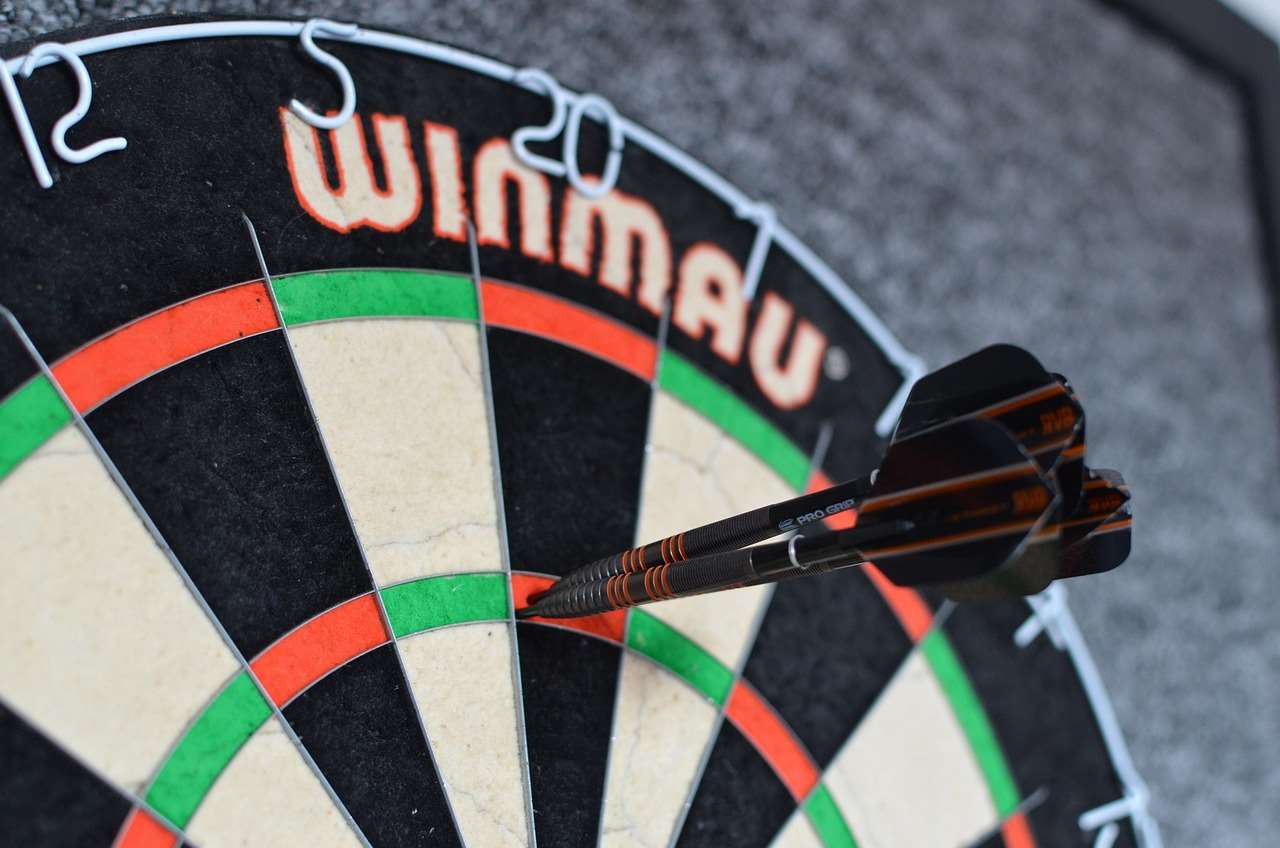
The PDC Revolution: Entertainment and Global Reach
The PDC’s emphasis on entertainment transformed the **darts experience**. Players became more like rock stars, with walk-on music, signature celebrations, and personalized merchandise. Tournaments were held in larger venues, attracting bigger crowds and creating a more electrifying atmosphere. The PDC also expanded its global reach, holding events in countries around the world and broadcasting matches to millions of viewers.
The PDC era saw the rise of new superstars like Phil Taylor, Michael van Gerwen, and Peter Wright, who captivated audiences with their skill, charisma, and showmanship. These players became icons, inspiring a new generation of **darts fans** and contributing to the continued growth of the sport.
Modern Darts Fan Culture: Global Phenomenon and Digital Engagement
Today, **darts fan culture** is a global phenomenon. The PDC World Darts Championship, held annually at Alexandra Palace in London, is one of the most eagerly anticipated sporting events of the year, attracting thousands of fans from all over the world. The atmosphere at Ally Pally is legendary, with fans dressed in elaborate costumes, singing their hearts out, and creating an unforgettable experience.
The rise of social media has further amplified the reach of **darts fan culture**. Fans can now connect with their favorite players, share their opinions, and engage with the sport in ways that were never before possible. Online forums, social media groups, and streaming platforms have created a vibrant online community of **darts enthusiasts**. The ability to connect with fans globally has had a profound impact on Promoting Local Darts, expanding interest in local leagues and tournaments.
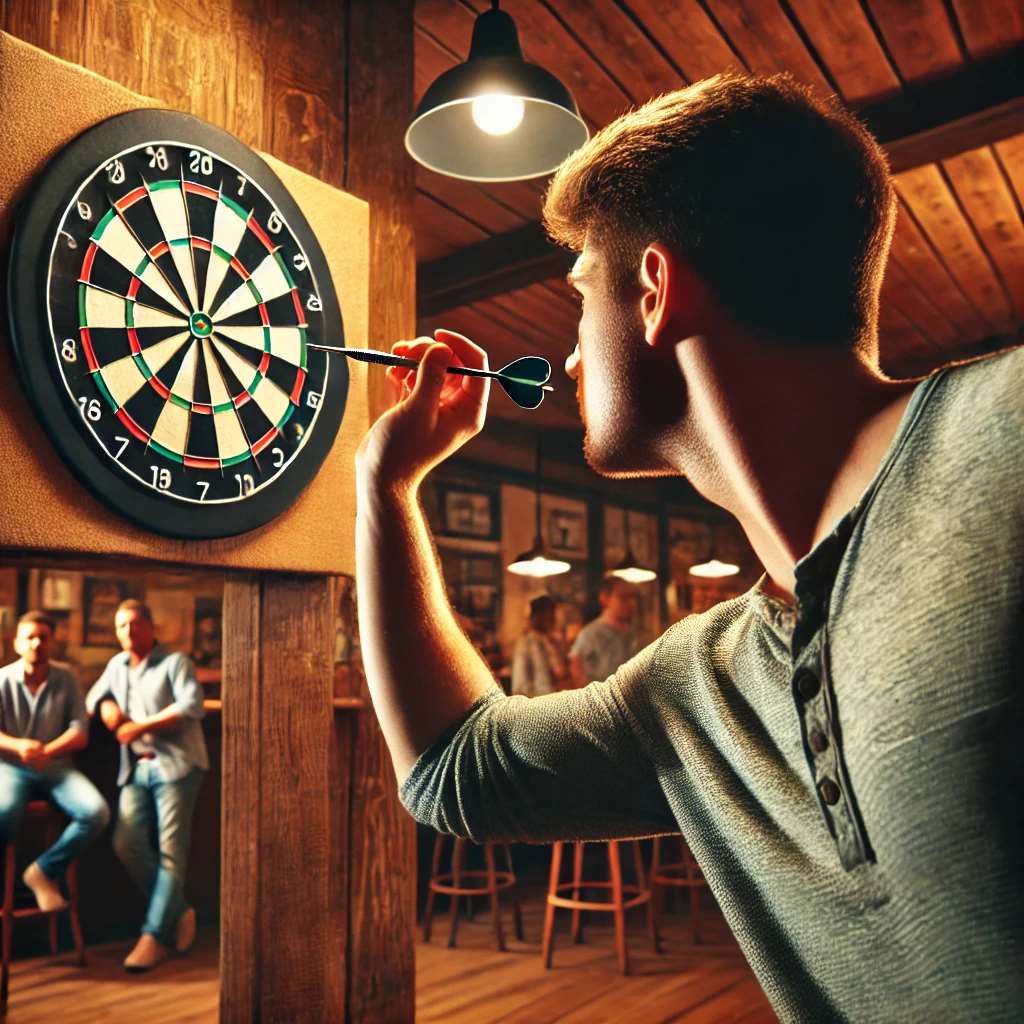
The Role of Social Media and Online Communities
Social media platforms like Twitter, Facebook, and Instagram have become essential tools for **darts fans**. Players use these platforms to interact with their fans, share updates, and promote their sponsors. Fans use them to discuss matches, debate rankings, and share their own experiences of the sport. Online communities provide a space for fans to connect with each other, share their passion for darts, and organize local events.
The digital age has also led to the rise of **darts-related content creators**, such as bloggers, YouTubers, and podcasters, who provide fans with news, analysis, and entertainment. These creators play a crucial role in shaping the narrative around darts and fostering a sense of community among fans.
The Future of Darts Fan Culture
The future of **darts fan culture** looks bright. The sport continues to grow in popularity, attracting new fans and expanding its global reach. The PDC’s commitment to entertainment and innovation ensures that darts remains a compelling and engaging spectacle. The rise of social media and online communities provides new opportunities for fans to connect with the sport and with each other.
Terwijl Darts blijft evolueren, so too will its fan culture. We can expect to see even more creative costumes, more elaborate celebrations, and more innovative ways for fans to engage with the sport. One thing is certain: the passion and enthusiasm of **darts fans** will continue to be a driving force behind the sport’s success. Understanding the history can help further develop Building Local Darts League Club Guide.
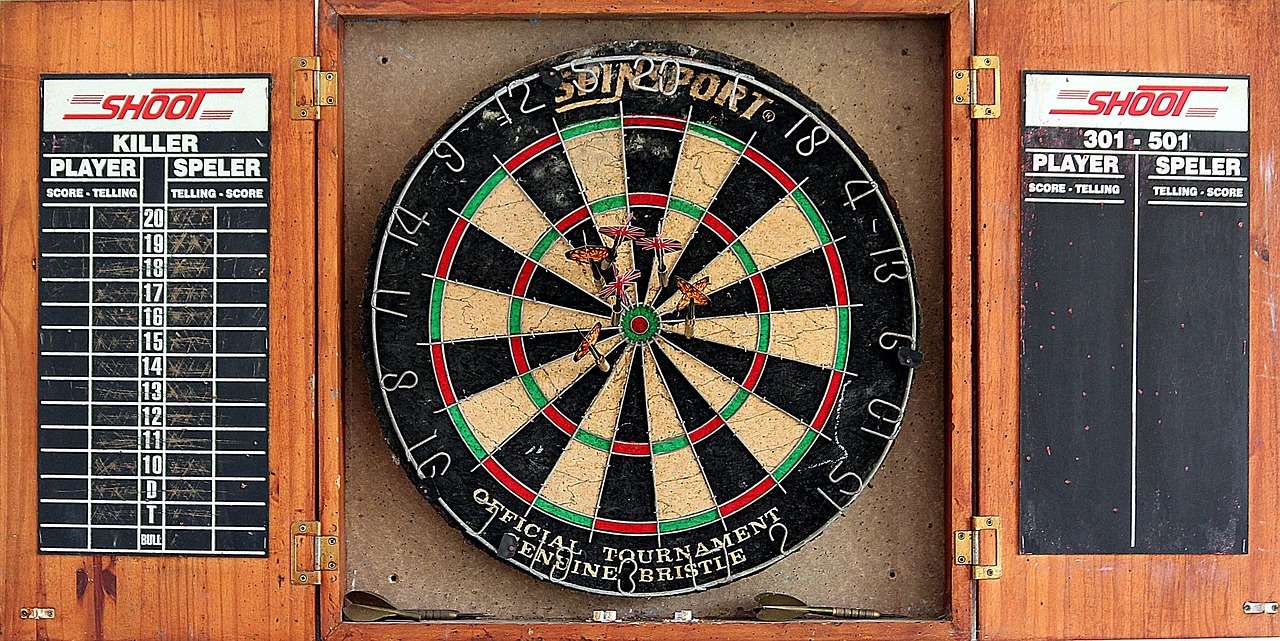
Maintaining the Passion and Inclusivity
One of the key challenges for the future of **darts fan culture** is to maintain its passion and inclusivity. It is important to ensure that the sport remains accessible to fans of all ages, backgrounds, and abilities. Efforts should be made to promote diversity and inclusion within the **darts community**, creating a welcoming and supportive environment for everyone. This includes promoting women’s darts and supporting initiatives that encourage participation from underrepresented groups. De Setting Up A Darts Club guide has more insights.
By embracing its history, celebrating its present, and looking forward to its future, darts fan culture can continue to thrive for many years to come. The sport’s unique blend of skill, entertainment, and community makes it a truly special phenomenon, and its fans are its most valuable asset.
Conclusie
From its humble beginnings in British pubs to its current status as a global sporting phenomenon, the **history of darts fan culture** is a testament to the sport’s enduring appeal and the passion of its supporters. The evolution of darts fan culture has been shaped by factors such as television exposure, the rise of professional organizations, the emergence of superstar players, and the growth of social media. Today, darts fan culture is a vibrant and dynamic community that spans the globe, united by a shared love of the game. If you’re inspired to get involved, consider exploring resources like our guide on Organizing Local Darts League. Embrace the vibrant community and join the exciting world of darts fandom!
Hoi, Ik ben Dieter, En ik heb Dartcounter gemaakt (Dartcounterapp.com). Mijn motivatie was geen darts -expert - helemaal tegenovergestelde! Toen ik voor het eerst begon te spelen, Ik hield van het spel, maar vond het moeilijk en afleidend om nauwkeurige scores te houden en statistieken te volgen.
Ik dacht dat ik niet de enige kon zijn die hiermee worstelde. Dus, Ik besloot om een oplossing te bouwen: een eenvoudig te gebruiken applicatie die iedereen, Ongeacht hun ervaringsniveau, zou kunnen gebruiken om moeiteloos te scoren.
Mijn doel voor Dartcounter was eenvoudig: Laat de app de nummers afhandelen - het scoren, de gemiddelden, de statistieken, Zelfs checkout suggesties - zodat spelers puur kunnen richten op hun worp en genieten van het spel. Het begon als een manier om het probleem van mijn eigen beginners op te lossen, En ik ben heel blij dat het is uitgegroeid tot een nuttig hulpmiddel voor de bredere darts -community.